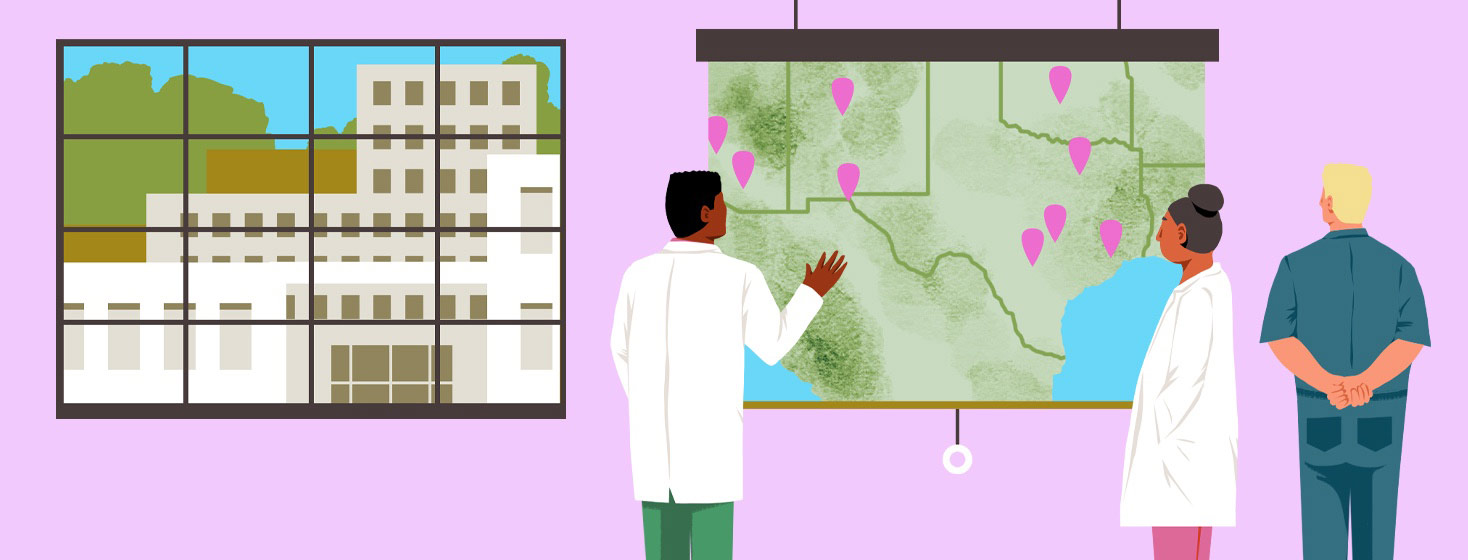How and Where to Access Antiretrovirals in the United States
Antiretroviral therapy (ART) is a combination of drugs used to treat HIV. The goal of ART is to lower the viral load or amount of HIV, in someone with the virus. If a person with HIV stays on ART, their viral load can become undetectable. This means HIV won't show up on basic blood tests. But you must remain on antiretroviral drugs to keep your viral load low.1,2
Remaining on ART also reduces the possibility of transmitting the virus to a sexual partner. And treatment lowers the risk of a pregnant person passing the virus on to their unborn child.1,2
The importance of starting ART as soon as possible
Lowering your viral load strengthens your immune system and improves your quality of life. If your immune system is weak, AIDS can develop and put you at risk for severe infection and certain cancers.1,2
HIV enters the cells that help ward off infection, known as CD4 cells. It used to be that doctors would not start you on ART unless your CD4 counts were below a certain level. But the Department of Health and Human Services (HHS) updated its guidance in 2023. Now, it says you should start ART at the time of diagnosis. Studies have shown that starting ART at these higher CD4 counts reduced both illness and death.1,3,4
Unfortunately, not everyone is diagnosed when their CD4 counts are high. People with HIV who had healthcare years before their diagnosis were not offered testing, even though the Center for Disease Control and Prevention (CDC) recommends routine testing for everyone between the ages of 13 and 64.1,5
Certain groups of people have more trouble accessing ART
People of color, older adults, those in rural areas, and those who inject drugs are more likely to have a delayed diagnosis. These people are also more likely to develop an AIDS-related illness within a year. HHS strongly recommends both routine testing and starting ART at the time of diagnosis. Doctors need to talk to the people in their care about getting ART and staying in treatment.1
People with certain challenges may have a harder time staying on ART. This includes people who have:1
- Substance use disorders
- Untreated psychiatric disorders
- Neurocognitive (brain and nerve) impairments
- Unstable living arrangements
- Concerns about ART side effects
- Difficulty getting to regular clinic visits
Young people are also much less likely to stay on treatment. But these barriers are no reason to stop someone with HIV from getting treatment. According to HHS, it simply speaks to the need for more support to help people receive and continue treatment. Psychological support, as well as help finding services, can lead to better outcomes.1
Where to find help paying for ART
You may be worried about finding and paying for ART. If you don't have insurance through your employer, there are other ways to access healthcare. A list of toll-free state hotlines can help you sort through your options. Resources include:6
- Medicaid for people with lower incomes, disabilities, and some older people, families, and children
- Medicare for people over 65 and those under 65 with specific disabilities
- The Children's Health insurance Program (CHIP) for children in families who make too much money to get Medicaid
- The Health Insurance Marketplace to find low-cost insurance
- The Health Center Program to find testing centers, doctors, and housing options
Access to testing and treatment
There are also resources available to help you access ART and other HIV-related services:7-9
- The AIDS Healthcare Foundation search tool can connect you with testing and treatment at their healthcare centers.
- The CDC locator tool helps you find HIV-related care.
- The Health Resources and Service Administration also has a search tool to help you find medical care.

Join the conversation